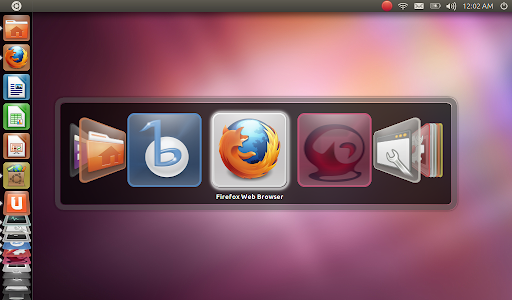
Linux resolution switcher how to#
How To Switch Between Windows On Different Monitors Check the box next to Make this the primary display for the X screen and then press the Apply button to apply it. By selecting the X Server Display Configuration option, you can change the display configuration.

Hold down the Alt key until you reach the top and bottom panels of the screen you want to use as the primary display. You can view the current screen resolution and all options for the screen using the xrandr command. Xrandr is the second screen resolution command, and it is a RandR command-line interface (short for x Resize, rotate, and reflect extension). Redhat Linux has a resolution of 800 x 600, whereas CentOS has a resolution of 1024 x 768. It can also be used to adjust the orientation and reflection of your display to suit your needs. The command can also be used to replace the VESA resolution by selecting another one. Many modern Linux distributions include xrandr, which displays display information about your monitor including its resolution. If you are dissatisfied with your resolution, you can always manually change it. It not only enables the setting of a custom resolution, but it also maintains VESA standards. Your monitor’s screen resolution and orientation can be determined by using this command.

In the vast majority of modern distributions, the xrandr command is used. The resize command displays both the current screen size and the modes used for each output. You can also change the kernel boot parameters to make it easier to adjust the screen size. Linux or another Unix-like operating system can be used to command xrandr. You can make use of Linux’s resize feature to adjust your screen size in a variety of ways. For example, to rotate the screen 90 degrees, you would use the following command: xrandr -o left For example, to change the scaling to 2x, you would use the following command: xrandr –output VGA-0 –scale 2×2 You can also use the ‘xrandr’ command to rotate the screen. You can do this with the ‘xrandr’ command as well. For example, to change the resolution to 1024×768, you would use the following command: xrandr -s 1024×768 Another way to adjust the screen size is to change the scaling. To do this, you can use the ‘xrandr’ command. It was stolen out of my pickup truck way back when in 2008.There are a few ways that you can adjust the size of the screen in Linux. I might sell my CF-48 or IBM T23 and use what funds I get for those to do this myself (in another auction, of course).
Linux resolution switcher upgrade#
Then use the 20 bucks or whatever I got for it to upgrade to this instead.īecause that will be cheaper than upgrading that CF-27. I'd sell/craiglist the cf-27 after putting Windows XP on it.

Since I do not know your location or financial situation. = SCRAPER REMOVED AN EMBEDDED LINK HERE = Sounds like you need to rethink a few things. I run AntiX 15 on it instead of MX-15 on it out of personal preference on my part.


 0 kommentar(er)
0 kommentar(er)
